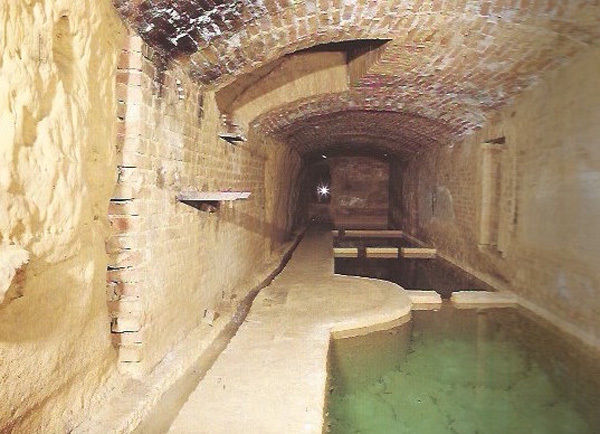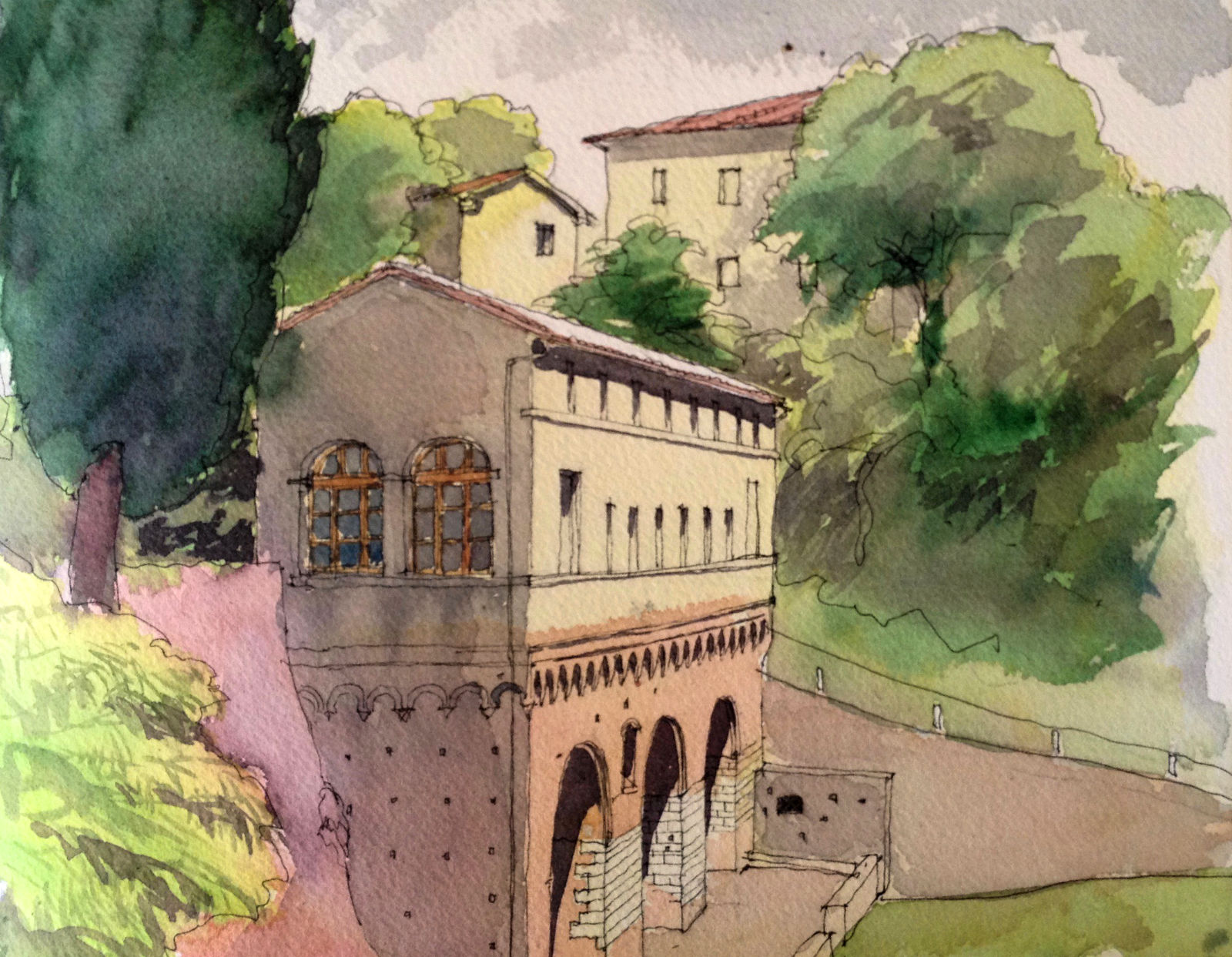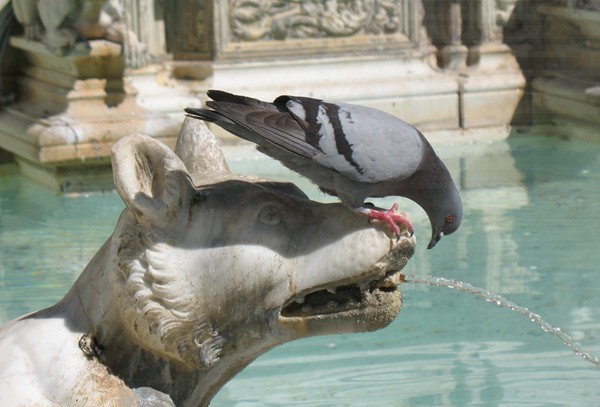Siena's underground river
Concealed far below the graceful streets of the hilltop town of Siena lies the mysterious Bottini river. It helped make this hilltop Tuscan town great, yet few have ever laid eyes on it. Find out how it all began – and how you can see it for yourself
With its prime location on top of three hills, Siena seems to have it all. Yet for centuries, it lacked one vital component – fresh water. In the Middle Ages, engineers solved the problem by carving 25km of tunnels beneath the town.
Known as the ‘Bottini‘, this marvel of engineering still supplies Siena with water today. A vast underground river, it’s a beautiful sight, but hidden well away from prying eyes. Yet those in the know can see it – with a little advance planning.
Bottini basics
Rainwater and natural springs from the hills surrounding Siena are both channelled into the city via aqueducts and tunnels. The ‘Bottini’ – a word that references the barrel shape of the tunnels – follow the line between the porous upper level of limestone and the lower impermeable clay layer of the hill that Siena sits atop.
Until 1914 The Bottini River was the only source of water for Siena. Today, however, most of the city’s water comes from nearby Mt Amiata, but the Bottini still feed the fountains and wells throughout the city.
City's fountains of life
It took centuries to complete the Bottini, a painstaking process of manual labour in the 12th to 15th centuries. The calculations were long and complicated with the rudimentary instruments available.
Two main branches were constructed. One carries water from the small Fontebecci fountain to the large Fontebranda fountain. The other feeds the beautifully decorated Fonte Gaia pool in Piazza del Campo, as well as many smaller fountains.
Construction of the UNESCO-listed Fontebranda fountain began at the end of the 13th century. Its three wide Gothic arches and adjacent open-air pool illustrate a system of water usage common at the time. The first pool provided potable water for the local citizens. The second one (now filled in) served as a drinking trough for animals. And the third was set aside for washing clothes.
The business of water

In the 19th century the amount they could take was based on how much they paid, this measured in ‘dadi‘ – 1 dado corresponded to about 400 liters every 24 hrs. Plaques throughout the bottini mark who was to receive how much.

Keeping Siena's water safe
Given the difficulty of creating the Bottini, it had to be protected. Severe laws prohibited ‘foreigners’ from entering the tunnels, from cultivating above them or from stealing water for private use. From 1467, entrances outside the city walls were closed to stop enemies from breeching the city’s defenses through its aqueducts.
Even now, entrance into the tunnels is carefully guarded. However, visitors – even ‘foreigners’ – can easily visit on guided tours in the spring and autumn, as long as you organise them well in advance.
See the bottini for yourself
Parts of the network have fallen into disrepair or calcification, but a local association has now stepped in to try to maintain the tunnels and keep the network functioning. They’ll take you on a walk along the passageways and through the impressive vaulted tunnels next to the channels where rainwater flows.
Book ahead, and you can see this marvel of medieval engineering on a tour of some of the underground tunnels that this man-made river rushes through. The visit takes 60-90 minutes, is conducted in Italian, and is surprisingly fascinating, but you must book far in advance, and the booking system is complex for non-Italian speakers.
Booking tickets
Visit the Water Museum website to book tickets to this fascinating tour.
You’ll see beautiful vaulted rooms, graceful tunnels and water rushing in channels beneath your feet. The tour includes a visit to the Water Museum, spread over three floors above a fountain and with a multimedia presentation that shows how the engineering was done.
If you’d like to organise a trip around these secret tunnels, contact the museum in plenty of time - tickets are sought after!

